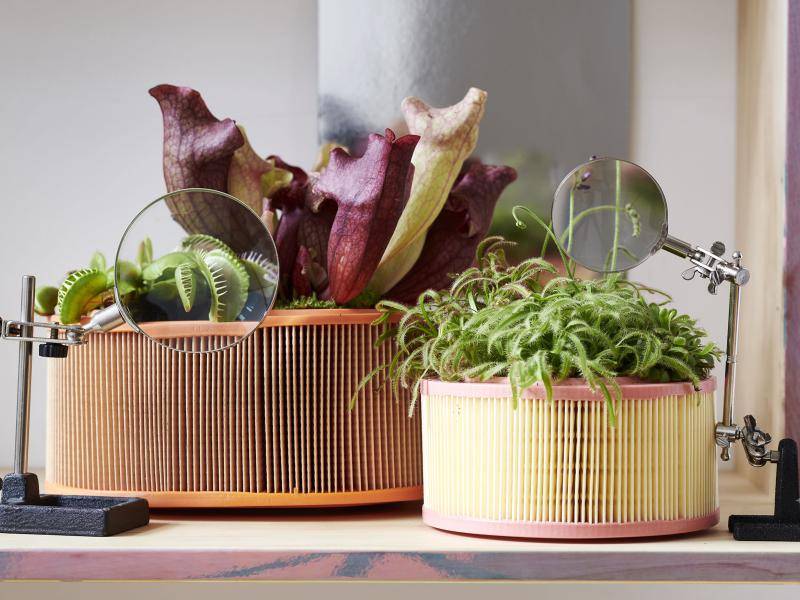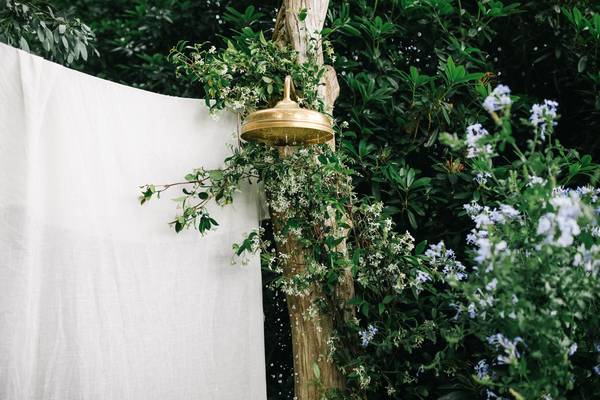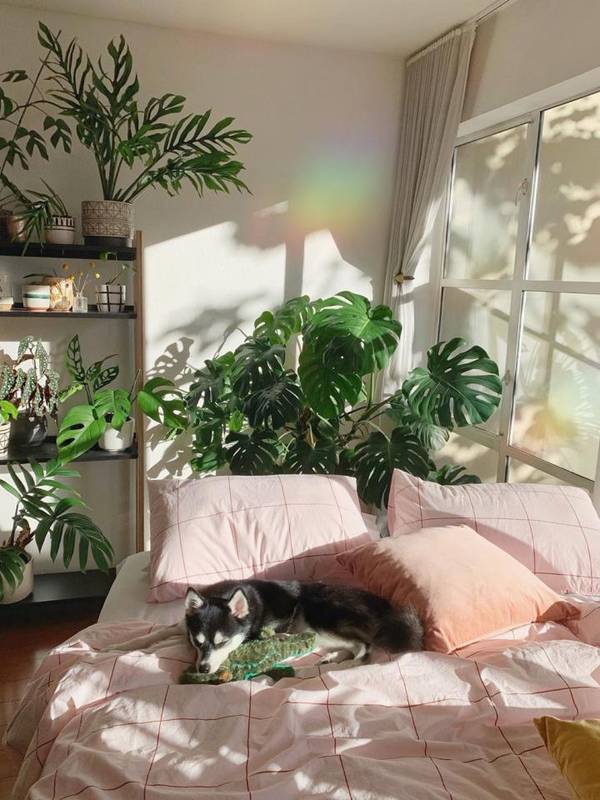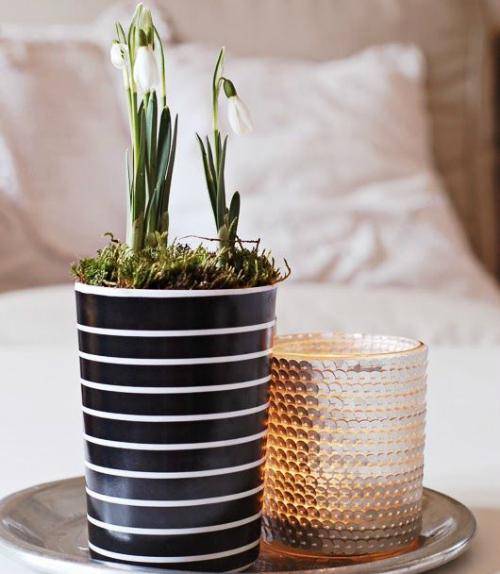
Venus flytrap (scientific name: Dionaea muscipula) looks like it’s come straight out of a cartoon, with its toothy appearance and bizarre shapes. But this colourful carnivorous plant can also survive as a vegetarian. A great addition to terrariums, a real feature when combined with other carnivores, and a great conversation piece when people drop round. It’s completely harmless otherwise - it doesn’t bite people.
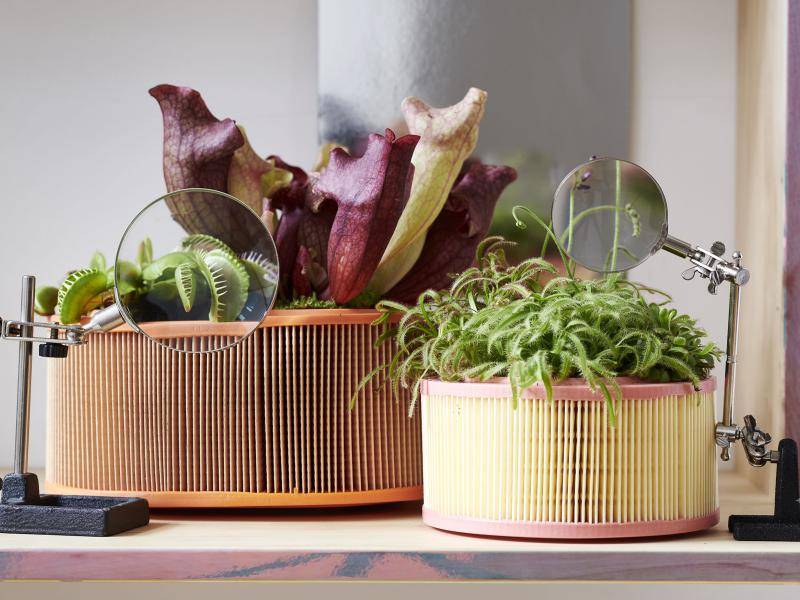
Care
- The Venus flytrap has relatively long roots, so opt for a pot that is at least 10 cm tall.
- This carnivore likes acidic nutrient-poor soil that can always be slightly damp.
- Use rainwater or cooled boiled water for this plant.
- It’s fine to place this carnivorous plant in full sunlight - that will suit it best.
- If it catches a fly, that’s a bonus. If not, don’t panic, because the Venus flytrap gets most of its nutrition from the sun using photosynthesis.
- Slamming the leaves shut costs the plant a lot of energy: don’t tease it and don’t feed it pieces of meat if you want it to last a long time.
- Leaves that have turned dry and brown can be cut off. That ensures that new leaves can get more light.
- Don’t worry if your Venus flytrap suddenly appears to die in the autumn or winter: the plant is simply hibernating and will revive in the spring.
Colours and shapes
The Venus flytrap’s base is a rosette from which five to ten leaf stems emerge. Those end in what looks like a mouth with teeth, but are actually two leaves with sensor hairs. In the sun the ‘mouth’ can turn a deep red, which looks very attractive against the bright green background. Insects - particularly flies - are attracted to the red colour and the nectar. If a fly lands on the nectar and touches a sensor hair two or more times within 20 seconds, the leaves slammed shut. The Venus flytrap then produces a secretion that digests the insect, which takes about 10 days. Each leaf can digest just a limited number of insects before it dies and a new leaf grows. Sometimes a white flower appears between the leaves which makes the plant even weirder, in a lovely way.
Symbolism
The Venus flytrap represents ‘persistence’. This is due to the fact that if the plant has failed to seize a visiting fly, it remains sulkily shut for a couple of hours, but then resets itself. The mouth opens again to try once more: a new round with new opportunities.
Origin
The Venus flytrap is a carnivorous plant from the sundew family. The plant originates from the United States and in the wild it only grows on sandy peat soil amongst grasses and scattered pine trees in North Carolina.
